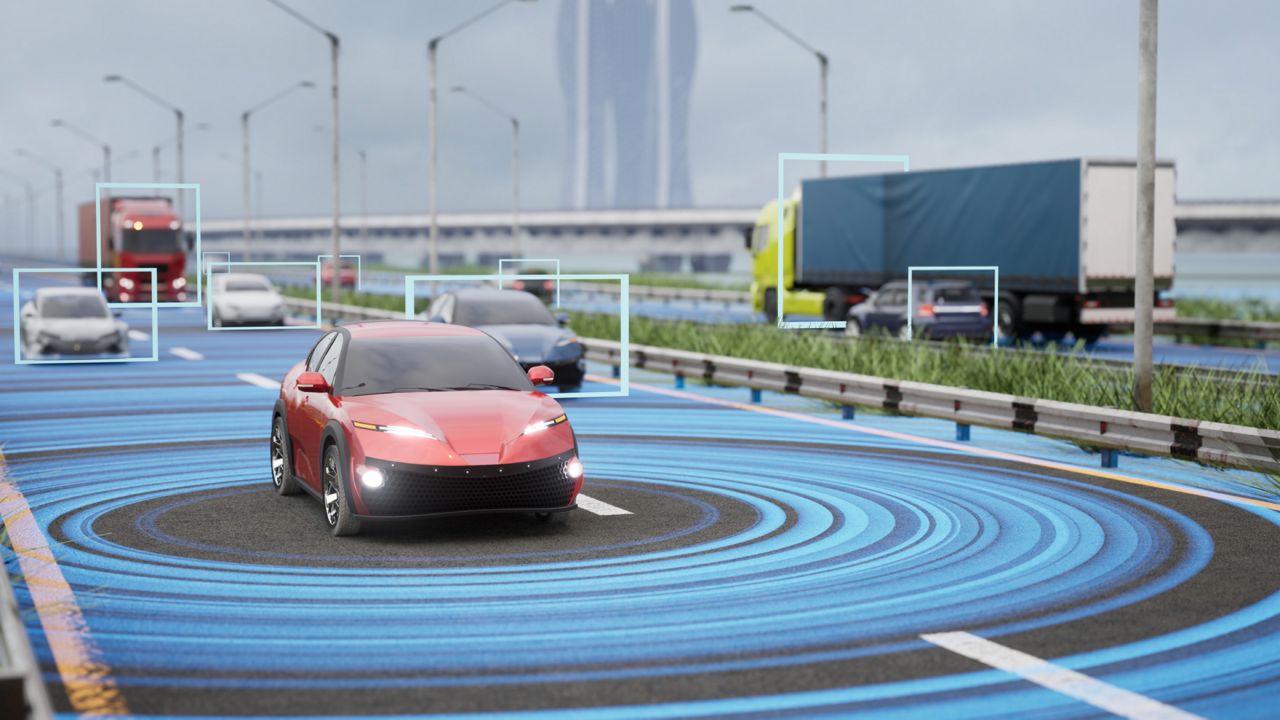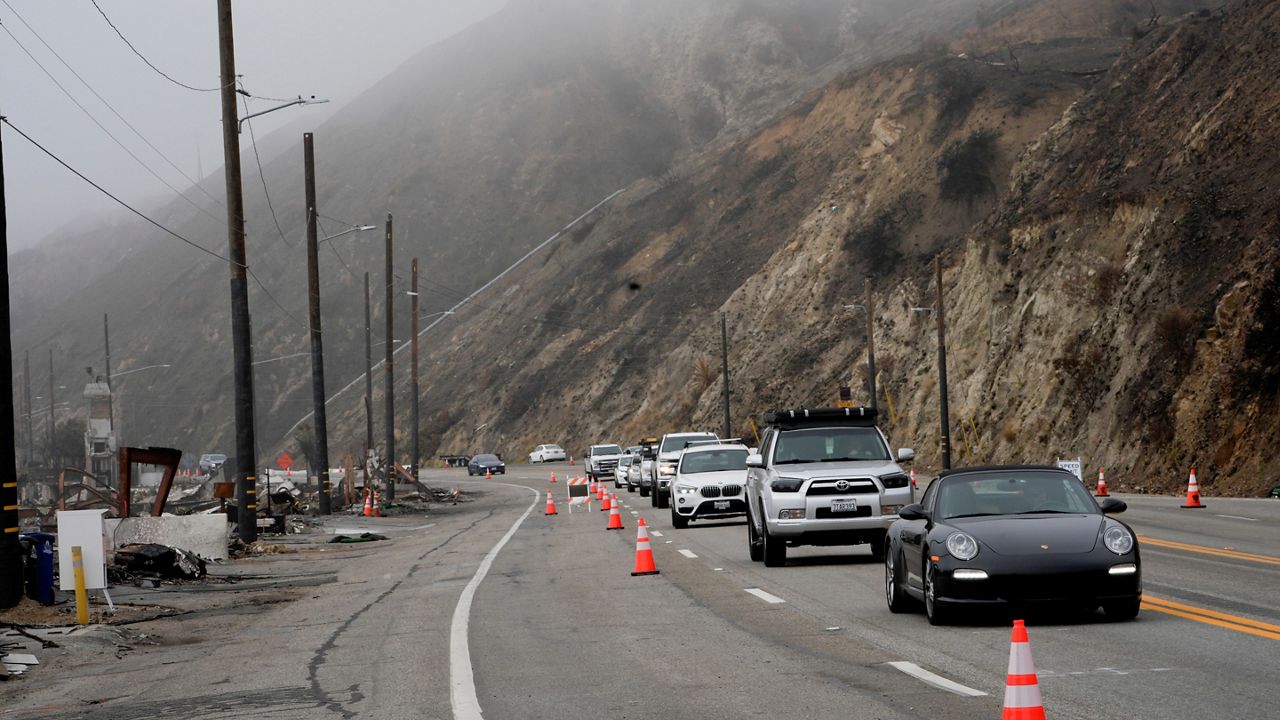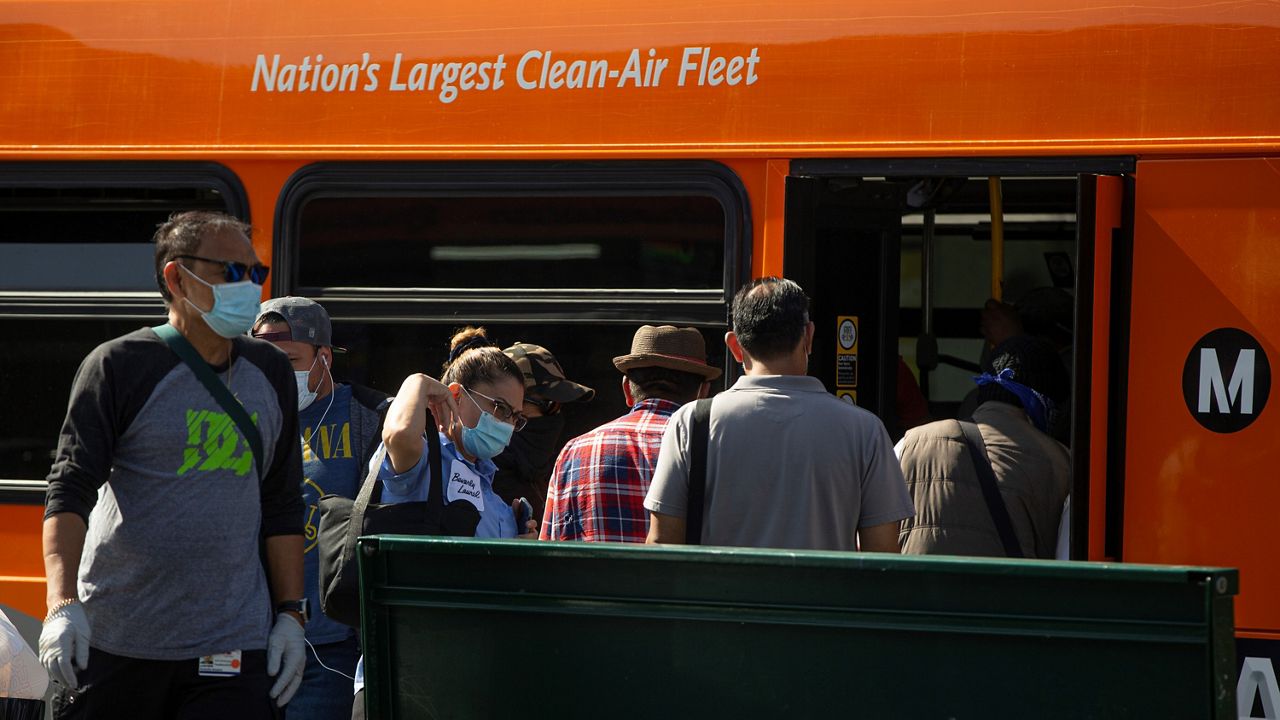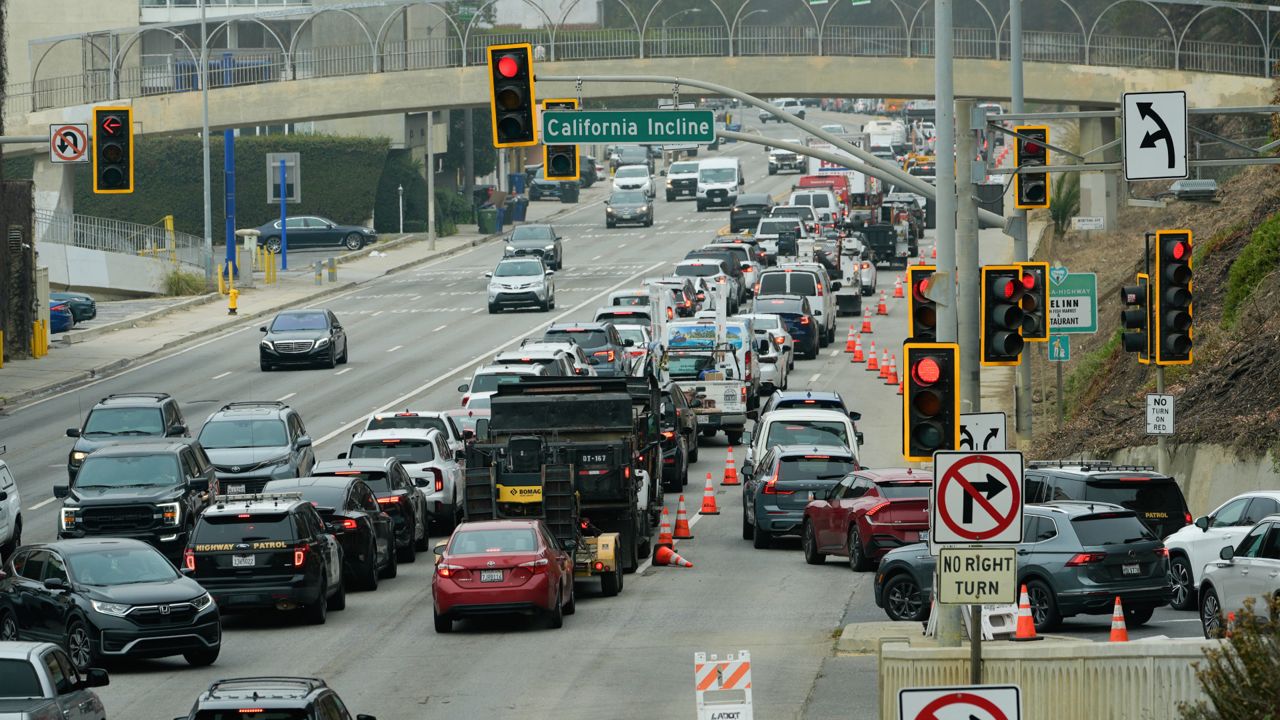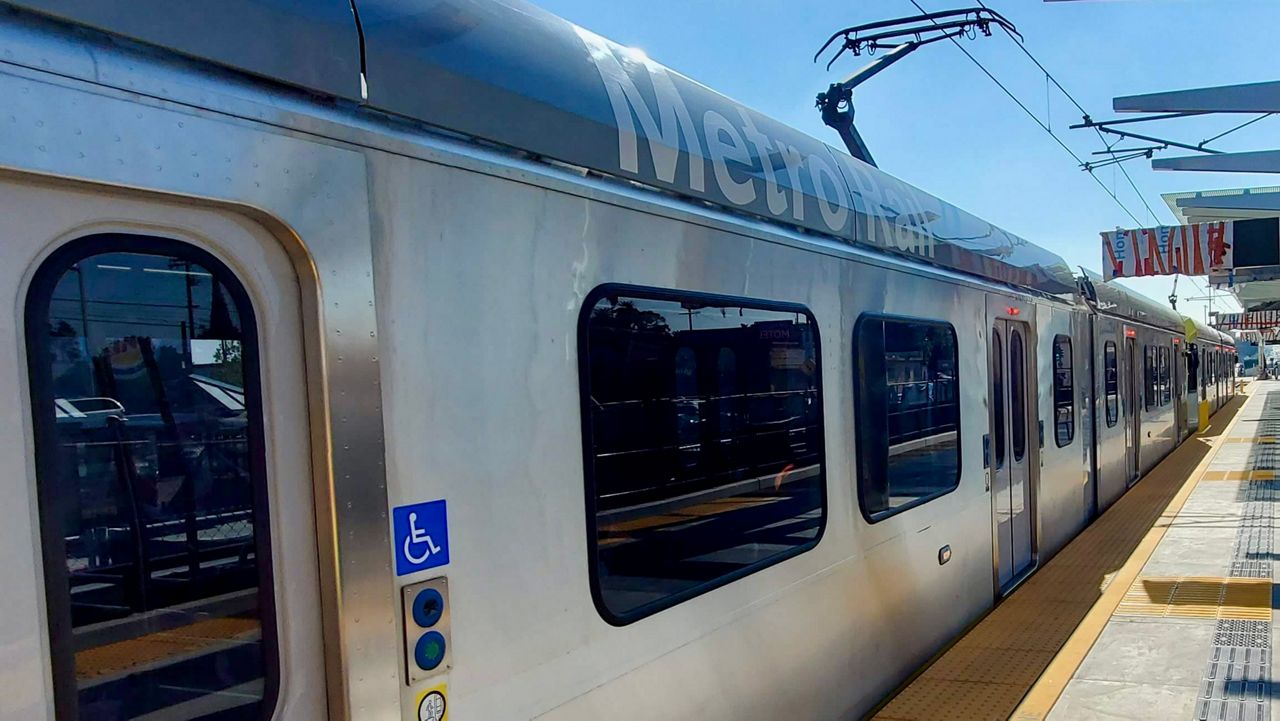Cars that can drive themselves without a human behind the wheel are still years away, but California is beginning to look at their emissions implications. This week, the Air Resources Board presented new research on how autonomous vehicles might affect the state’s ambitious clean air goals, and the early indications do not look good.
So-called connected and automated vehicles, or CAVs, that can drive themselves and communicate with one another are likely to increase vehicle miles traveled and reduce people’s willingness to use public transit, according to a new study from the University of California, Davis Three Revolutions Future Mobility Program, which researches shared, automated and electric vehicles.
“These are pretty substantial impacts that are important to consider and also scary for the future of transportation in California,” said program director Giovanni Circella.
Using travel demand models for 2050 developed by the California Department of Transportation, the UC Davis researchers considered six different scenarios for CAVs: three for those that are privately owned and three for ones that are shared through services like ride hails.
The first scenario resembles the current model of individuals owning personal vehicles, except the cars would drive themselves. The second looked at how personal CAV use would be affected if road use pricing made them more expensive to operate. The third looked at personal CAVs that are zero emissions.
Privately owned CAVs that are not electric and are not subject to road-use pricing resulted in a 5 to 40% increase in vehicle miles traveled, the researchers found — “more than what we would have in 2050 if we had no vehicle automation,” Circella said.
In a non-electric vehicle, the more miles are traveled, the more emissions are generated. To curb miles driven, many cities have implemented road-use pricing to discourage driving. But even with such pricing, Circella said, there could still be an increase in vehicle miles traveled — a situation that was true even for the study's shared autonomous vehicle scenarios because personal trips are likely to increase.
Driverless cars hold the potential to dramatically change transportation, but they could also radically reorder society as people’s perceptions of their vehicles’ safety and comfort change, affecting their willingness to be driven and for what stretches of time since they will be able to conduct other activities while traveling.
That, in turn, could affect what mode of transportation they choose to get around, and could even influence where people decide to live, work and recreate, if traveling long distances no longer fatigues them and is less expensive.
All of the scenarios Circella and his team considered showed the potential to wipe out a substantial number of trips by short-distance transit, long-distance rail and in-state airlines. “Inside California, distances are such that a pretty large number of trips done today by plane could be substituted by use of CAVs in the future,” he said, citing air travel between San Francisco and Los Angeles as a likely candidate.
While privately owned CAVs that are electric would not yield the same emissions increases as CAVs powered with fossil fuel, “we will still have increased traffic congestion," Circella said.
The largest increase in CAV vehicle miles traveled would be in LA County, he added, because it is already where VMT is highest. But places like the San Joaquin Valley in the central part of the state could be dramatically altered by widespread adoption of CAVs, as more people travel through it on their way between Los Angeles and San Francisco and more local trips are conducted with automated vehicles.
“This study highlights the importance of early deployment of zero emissions vehicles,” Circella said. “ZEVs will cut emissions, but other negatives from CAV deployment will remain because of an increase in travel and pretty substantial increase in travel congestion that will be likely.”
To reduce the negative emissions and traffic congestion effects of CAV deployment, Circella said regulators should consider additional policies to encourage their use as shared vehicles instead of privately owned cars, and to coordinate their use as first- and last-mile access to public transit.
While CAVs are years away from widespread adoption, the Air Resources Board commissioned the UC Davis study to understand what policy tools it might consider now to deter residents from using automated vehicles in a way that generates even more emissions than the cars they are currently driving.
Transportation is the state’s largest source of greenhouse gas emissions and presents an extraordinary challenge for regulators as California seeks to reduce greenhouse gases 80% below 1990 levels by 2050.
“The transportation sector is experiencing rapid changes that have the potential to significantly disrupt how people move,” said the ARB’s Melanie Zauscher, contract manager for the UC Davis CAV research. “Although autonomous vehicles are still technology of the future, several companies are currently testing robo taxis or ride hailing automated vehicle services on the roads today.”
As of May 21, the California Department of Motor Vehicles had issued permits to 55 companies to test automated vehicles with a human safety driver; eight of those companies also have permits to test vehicles on public roads without a driver behind the wheel, and one of them has received authorization to deploy the technology.






